Finally, finally winter seems to have arrived! While I am not yet a snowbird, I try to ride out the cold snug inside my home. A beautiful snowfall can pull me outdoors for a few minutes, but I long for spring and the reawakening of the plant world.
Loving that Special green of Spring
I hardly need to rhapsodize about the joy of spring, the gradual return of warmer weather and the insistent power of growing things bursting out of winter’s dormancy. As a gardener and a quilter, I am entranced by the newly emerging colors of bulbs and other spring flowers.
However, every year I remark about the new lime green- color of early growth leaves and needles that I call tender green. It’s a pastel shade, frequently on the chartreuse scale of yellow-green. It tends to persist for varying amounts of time and then morphs into the deeper greens that personify the more mature plants of late spring and summer.
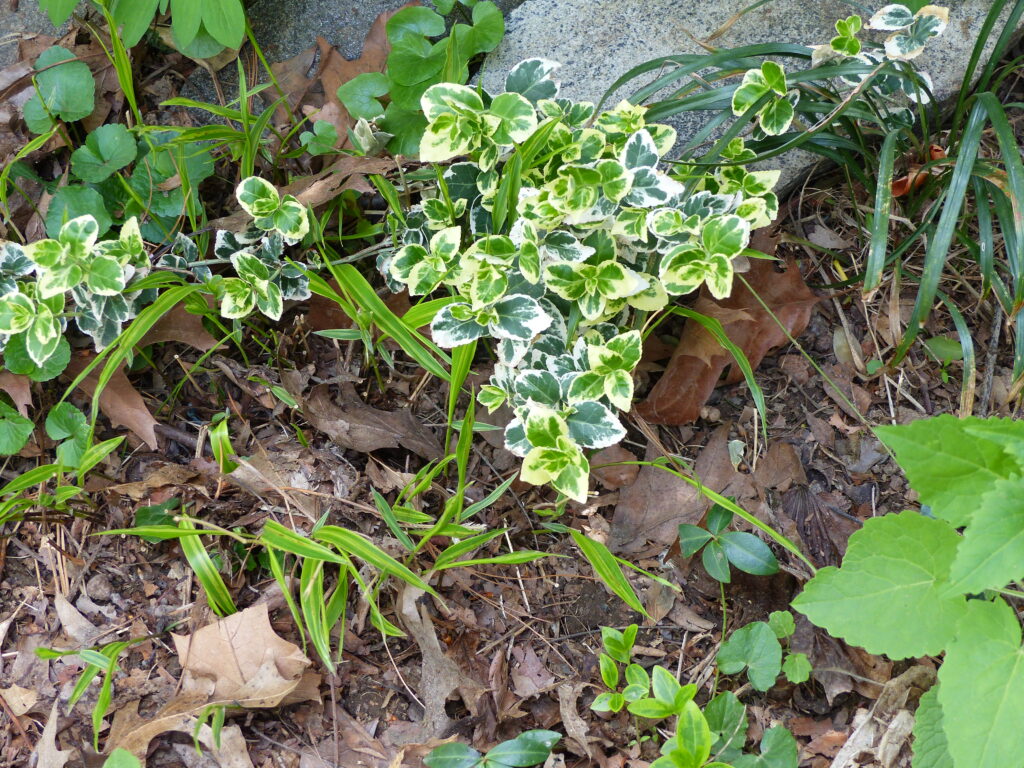
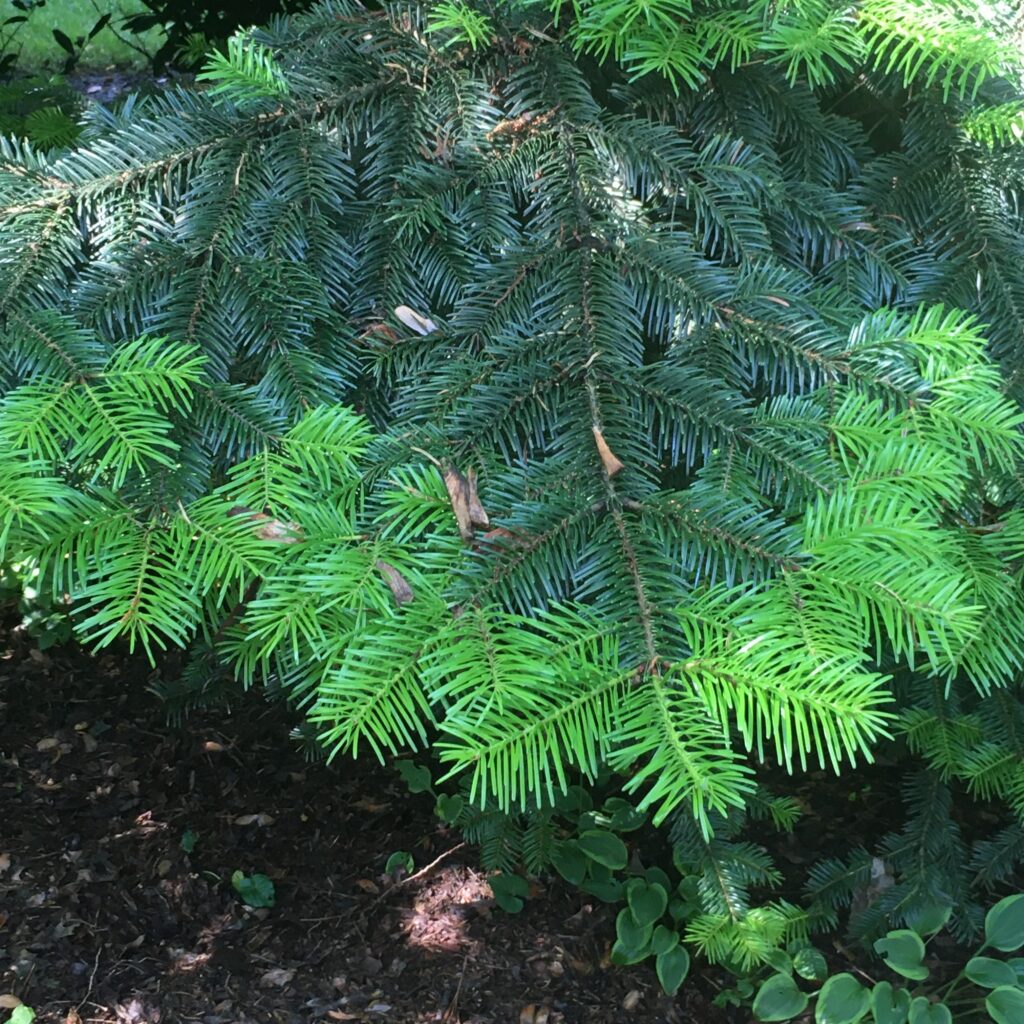
If you think the answer to how this transformation occurs is a simple one, you are in for a surprise!.
Building Blocks of the Discussion
The animate tends to attract us when contemplating nature, generally animals and birds. Unfortunately, plants tend to fade into the background. The accepted term for this obliviousness used to be plant blindness.” Due to modern sensitivities, there is an effort to change the term to plant Awareness Disparity. In order to clearly understand the processes involved in spring greening, we have to delve a bit into leaves and their pigments and pigments generally.
Colorful World
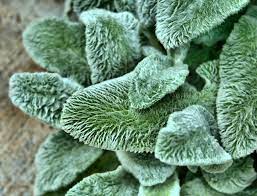
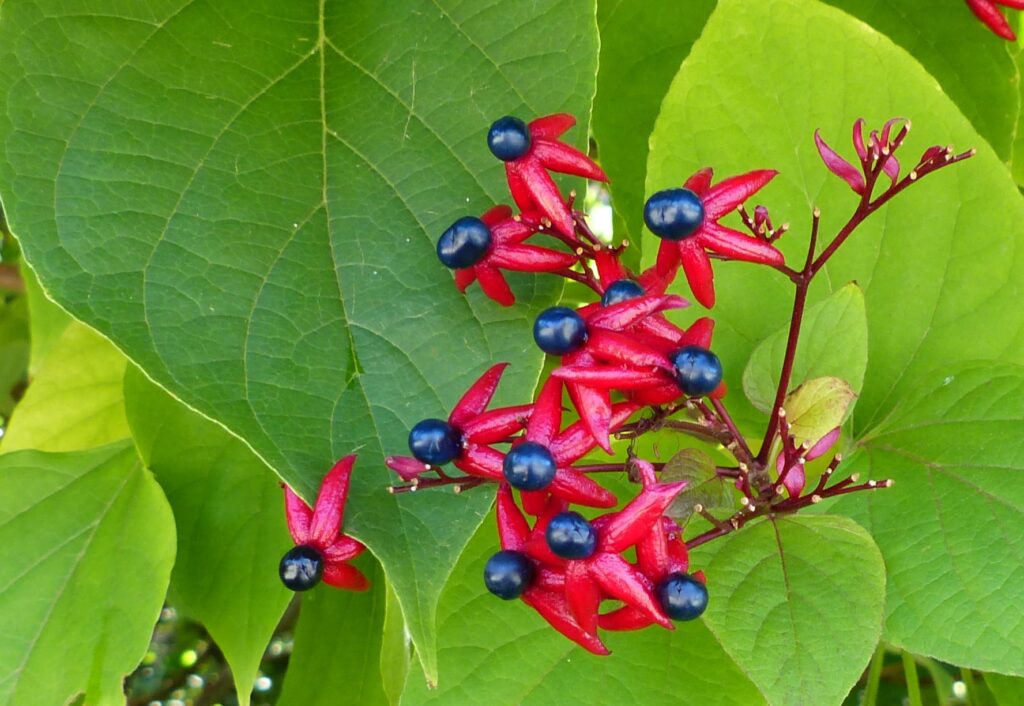
We respond to plants in a variety of ways, -through their scent, their texture, their form – but primarily through their color. Sometimes garden plants are chosen just for their fall coloration.
Regardless of our perception of color, the underlying principles involve two separate mechanisms.
Pigments
Pigments are the most familiar mechanism. Go into any art store and there are tubes filled with endless arrays of colors. There are many paint types and they have different uses and properties.
Watercolor is different from gouache which is different from acrylics. Watercolor is made up of small pigment particles, is soluble in water and the shade is dependent on how much the paint is diluted with water. Gouache is considered an opaque watercolor made up of larger pigment particles than watercolor, and is also water soluble. Acrylic, which can be applied more thickly than the first two paint types, is also water soluble but dries quickly. Oil paint is not water soluble and dries slowly. The solvent is usually linseed oil.
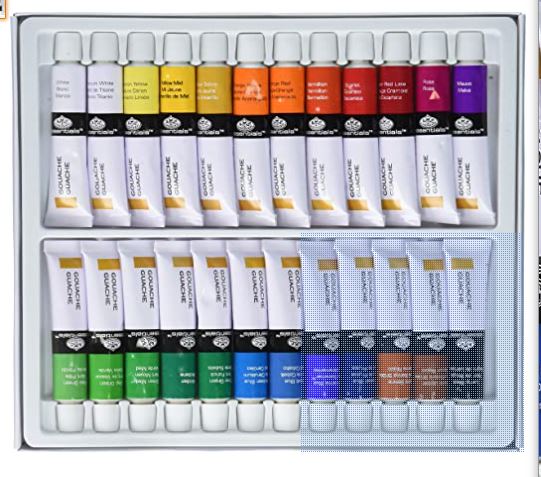

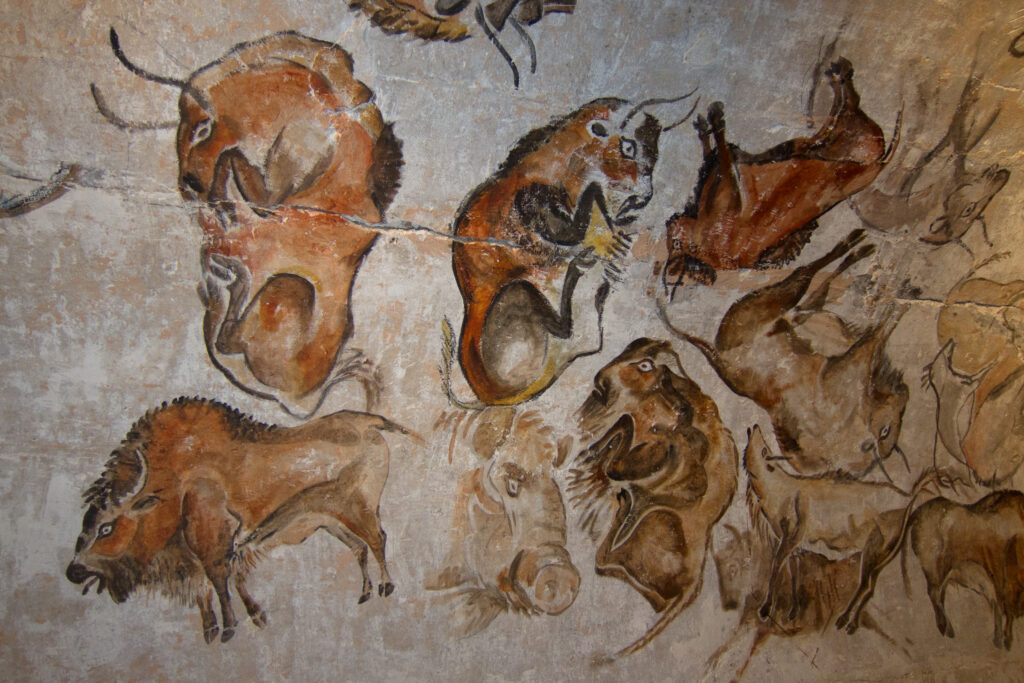
Ancient man was already familiar with the earth pigments and creating shades of ochre from iron oxide, carbon black from charcoal and a blue-black called bone black from burnt bones and white from calcium carbonate (calcite) minerals.
Pigments create the colors we see by absorbing certain wavelength and reflecting the rest which is the color we perceive.. The illustration shows an item appearing blue because it absorbs the green and red light in the visible light and reflects the blue.
The light source used for illumination will also affect the color perception; colors viewed under natural sunlight and fluorescent light will not be identical although the pigment itself remains unchanged.
Structural Color
The mechanism underlying structural color is completely different. The perceived colors are a trick of light produced by the interaction of light rays and nano-structures within the body of the plant or animal. Such structures can be microscopic air bubbles, diffraction gratings, photonic crystals and more. Peacock feathers are a well-known example of structural coloration. In fact, based on pigment alone, the feathers should appear brown . However, we perceive them as blue, turquoise and green.
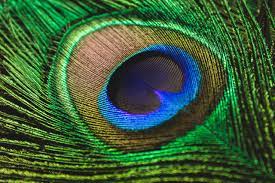
This mechanism can be found across wide swaths of nature, from the berries of the plant Pollia condensate, family Commelinaceae, otherwise known as the dayflower family, to the Morpho butterfly, family Nymphalidae, and the Sea Mouse, Aphrodita aculeate, family Aphroditidae.
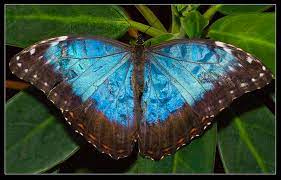
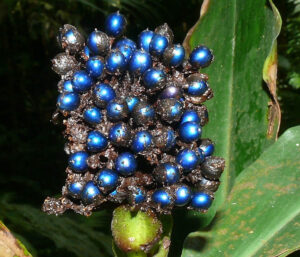
Since structural colors do not fade, there is ongoing research focused on creating colors structurally.
This is a wonderful journey through the increasingly microscopic levels of a butterfly wing’s scale showing a diffraction grating constructed of layers of chitin and air.
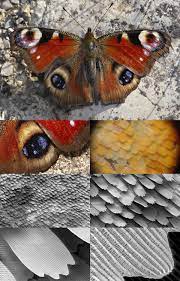
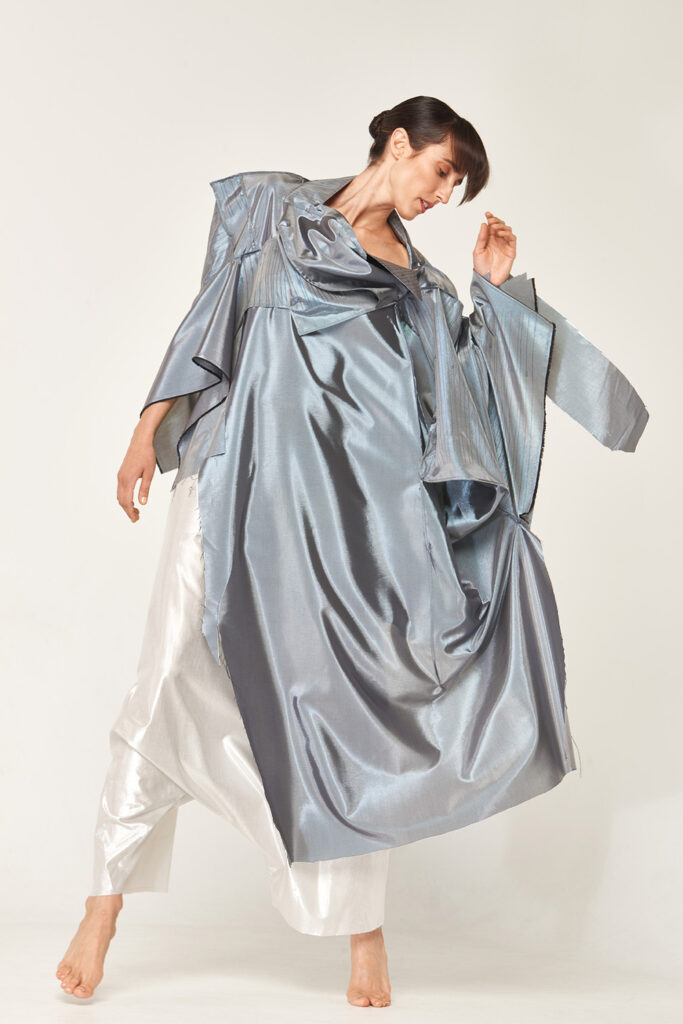
Australian fashion and textile designer, Donna Sgro, has a line of clothing using Morphotex, a fiber created by Teijin Japan. This material produces color structurally using the Morpho Butterfly wing as a model .
We will pick up next time when we move on to investigate chlorophyll.
Many thanks to Howard S. Neufeld whose help is gratefully acknowledged.
http://www.appstate.edu/~neufeldhs/index.html